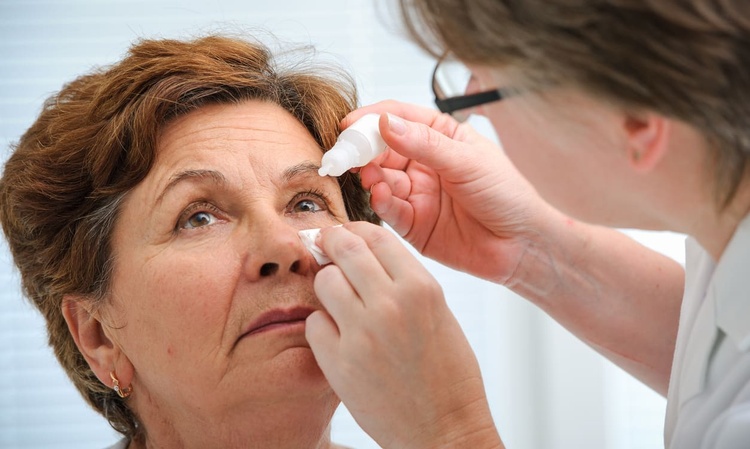Polymyalgia Rheumatica Treatment: Medical Options and Care
Polymyalgia rheumatica (PMR) is an inflammatory condition that typically causes aching and stiffness in the shoulders, neck, and hips. It most often occurs in people over age 50 and can cause noticeable disruption to daily activities because of morning stiffness and difficulty rising from chairs or dressing. Treatment focuses on rapid symptom control, limiting inflammation, and reducing side effects from long-term therapy.

This article is for informational purposes only and should not be considered medical advice. Please consult a qualified healthcare professional for personalized guidance and treatment.
Medical overview of polymyalgia rheumatica
PMR is identified clinically by its pattern of symmetrical muscle pain and stiffness and by elevated markers of systemic inflammation, such as ESR or CRP. The medical approach begins with confirming the diagnosis, ruling out infections or other inflammatory conditions, and assessing for symptoms that suggest giant cell arteritis (for example, new headache or visual changes). Primary medical management typically involves anti-inflammatory and immunomodulatory medications prescribed and monitored by a physician experienced in rheumatologic conditions.
How does PMR affect seniors?
Polymyalgia rheumatica predominantly affects seniors, commonly appearing after age 50 and increasing in frequency with age. In older adults, even modest loss of function from shoulder or hip stiffness can reduce independence, increase fall risk, and complicate management of other chronic conditions. Providers consider age-related factors when planning treatment: setting goals to restore function, minimize steroid side effects, and address bone health, diabetes control, blood pressure, and infection risk that may be worsened by corticosteroid therapy.
How is PMR related to other arthritis conditions?
PMR is distinct from degenerative joint disease and many forms of inflammatory arthritis, though symptoms can overlap. It is not the same as rheumatoid arthritis, which typically targets joints and can show different blood-test patterns. Some people with PMR may have coexisting shoulder or hip joint changes, and clinicians will differentiate inflammatory stiffness from mechanical causes by clinical exam, blood tests, and imaging when needed. Because PMR is an inflammatory disorder, treatments that reduce systemic inflammation are central to care.
How are pain and stiffness managed in PMR?
Initial therapy for pain and stiffness in PMR most often uses low- to moderate-dose oral corticosteroids, such as prednisone, which usually produce rapid symptom relief within days for many patients. The dose and duration are individualized: clinicians aim for the lowest effective dose and plan gradual tapering guided by symptoms and inflammatory markers. Nonsteroidal anti-inflammatory drugs (NSAIDs) may help some patients but are generally less effective for PMR-specific stiffness. Adjunctive measures include physical therapy to restore mobility and strength, gentle daily exercise to reduce stiffness, and attention to sleep quality and ergonomics to limit symptom flare-ups.
How are inflammation and long-term monitoring handled?
Monitoring for inflammation is a routine part of PMR care; clinicians often use ESR and CRP to follow response to treatment and to detect relapses. Long-term management balances controlling inflammation against the risks of prolonged corticosteroid use, which can include osteoporosis, weight gain, glucose intolerance, hypertension, and increased infection risk. To reduce steroid exposure, some patients who relapse or are steroid-dependent may be evaluated for steroid-sparing options. Methotrexate is commonly used as an adjunct in certain cases to help reduce steroid dose. In select situations, and usually under specialist care, biologic agents that target cytokines involved in inflammation have been considered for refractory disease. Bone-protection strategies (calcium, vitamin D, and when indicated bisphosphonates) and regular bone density assessments are often recommended for older adults on long-term steroids.
Conclusion
Polymyalgia rheumatica is an inflammatory condition most commonly affecting older adults that leads to pain and stiffness around the shoulders and hips. Effective treatment usually begins with corticosteroids to reduce inflammation and restore function, combined with monitoring for relapses and side effects. Managing PMR in seniors requires attention to comorbidities, bone health, and strategies to minimize long-term steroid exposure; in some cases, additional immunomodulatory medications are used under specialist supervision. For individualized diagnosis and a tailored treatment plan, consultation with a qualified healthcare professional is essential.






